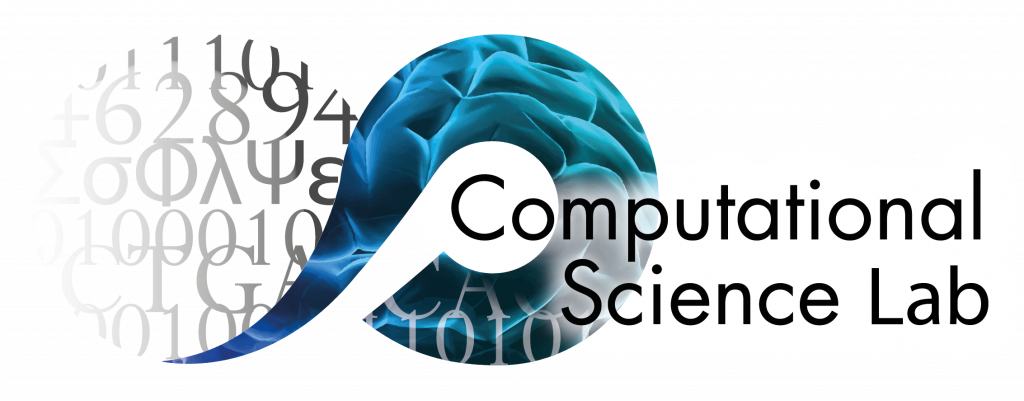Projects
A few projects which were made in 2018 and 2019 during the mandatory course Complex Systems Simulation given by dr. R. Quax and the course Agent-Based Modelling given by dr. M. Lees (program director) are highlighted on this page. Multi-disciplinary teams of students from various background and programs (mainly computational science but also Artificial Intelligence and Logic to name two) were composed and got to work full-time on a project. On this page, some abstracts are presented.
The Effect of Prey Size on Emergent Predator Group Sizes: An Agent-based Model (2019)
Group dynamics such as cooperative hunting is an essential behavioural feature among many types of predators. Yet few current models of predator-prey dynamics address how these groups emerge from complex interactions between heterogeneous predators. We introduce an agent based model which uses cooperative hunting in an evolutionary game theory setting, to ask how the size of the available prey relates to the emergent cooperative behaviour and group sizes. The model outputs suggest that an increase in prey size will lead to more cooperative hunting strategies among predators, which in turn results in larger group sizes. Additionally, the model’s density function for group sizes presumably follows a power law in its higher limit tail, thus very large groups can arise. We discuss how future agent based models can be elaborated in complexity to gain more ecologically insights.
An Agent-Based Model of Stock Market Prices (2019)
Financial markets are of great importance in the world of trade, but due to the number of involved parties and the complexity of interactions, they can not be easily predicted. While no model can fully grasp such a complex system, an agent-based model (ABM) is a good avenue to acquire some insights about the inner workings of the market. Based on the El Farol bar problem, an ABM was build to emulate the development of a stock price over time. After tweaking the system to show dynamics similar to a real market, the effect of different model components was investigated. It was shown that the market becomes more stable when many agents with a large memory were present, an individual trader could profit in such a market by having a shorter memory, and thereby could adapt to current trends. Agents, displaying a random strategy when making there next offer, have been shown to be be relevant to keep the market from stalling. Paradoxically, however, increasing their number over a certain threshold will cover the effects of the non-random agents, and dampen market trends. Overall, while the ABM does not grasp all the aspects and dynamics of a real stock market, it can still be used to gain some insights into the inner workings of one.
An Agent-Based Model of Classroom Seating Behaviour (2018)
An agent-based model is developed aimed at capturing core dynamics in classroom seating behaviour. The model comprises the social network of the students, an individual’s sociability, a seat’s desirability based on its position in relation to important attributes in the environment, and seat accessibility. Results of one-factor- at-a-time and Sobol sensitivity analysis on the model are discussed in detail. Model parameters are estimated by using real data on seating behaviour gathered during lectures. The discussion of the model is presented in terms of several simulation experiments.
An Agent-Based Model of ants’ recruitment strategies compared to their colony size (2018)
Ants can make use of different strategies for food foraging. In general, small colonies conduct individual foraging and as colonies grow in size, group recruitment and pheromone recruitment become increasingly stronger strategies. The changing habitat due to the increasing colony size can be an explaining factor for the change in behaviour, but recent research has shown that exclusively the increasing number of interactions that are caused by having a larger colony can explain this behaviour. By designing an Agent-Based Model (ABM) of foraging strategies in an ant colony, we tried to model these interactions with different colony sizes. We show that 1) bigger colonies rely more on pheromone recruitment, 2) a combination of different recruitment strategies at the same time is unstable, and 3) ABM’s are a viable extension of differential equations when trying to model non-linear interactions.
Hacking the Wiki Game (Complex Systems Simulation - 2018)
The Wiki Game is a hypertextual game designed to work specifically with Wikipedia. The Wiki Game (or Wikirace, Wikispeedia, WikiLadders) requires only a computer, access to Wikipedia and a web browser to play. The objective is to reach a given home article in the smallest number of clicks, starting from the Random page link of Wikipedia.
Its origin is unclear, but one of the first occurences on the web dates as far back as 2008.[1] Many variations exist, but arguably the most famous one is Six Degrees to Hitler, where the objective is to reach the article of Adolf Hitler. The name is a play on the Six Degrees of Separation theory (stating that everyone on Earth is six or fewer steps away, by way of introduction, from any other person in the world).
Our goal was to analyse this game by studying the network of Wikipedia pages and links between them, using tools such as Python, Gephi, SNAP. As the English Wikipedia database contains 36,615,821 pages with 4,905,818 articles,[2] analysis is very slow. We chose to study the Simple English Wikipedia network instead.
Crowds: Panic and how to get away (Complex System Simulation - 2017)
Within our project we have looked at the emergent behaviour within crowd behavior and panic models. We start by presenting a modified cellullar automaton (CA), in which the amount of cells alive is preserved. For varying values of the population density we see emergent and power law behaviour from only two basic rules. Subsequently we present a more extensive agent based model (ABM), which simulates more realistic situations within a fire panic situation. We vary both the population density and the rate of fire spreading and its effect on evacuation dynamics.
